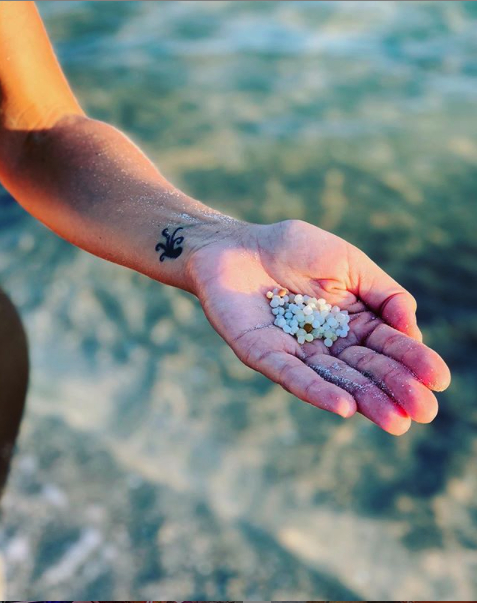Tools to Improve the Accessibility of Microplastics Research Published in Analytical Chemistry Journal Funded, in Part, by the HWH Foundation
Increasing the Accessibility for Characterizing Microplastics: Introducing New Application-Based and Spectral Libraries of Plastic Particles (SLoPP and SLoPP-E)
AUTHORS: Keenan Munno, Hannah De Frond, Bridget O’Donnell, and Chelsea M. Rochman
Originally published in Analytical Chemistry. Original article can be found here.
ABSTRACT: As smaller particle sizes are increasingly included in microplastic research, it is critical to chemically characterize microparticles to identify whether particles are indeed microplastics. To increase the accessibility of methods for characterizing microparticles via Raman spectroscopy, we created an application-based library of Raman spectroscopy parameters specific to microplastics based on color, morphology, and size. We also created two spectral libraries that are representative of microplastics found in environmental samples. Here, we
present SLoPP, a spectral library of plastic particles, consisting of 148 reference spectra, including a diversity of polymer types, colors, and morphologies. To account for the effects of aging on microplastics and associated changes to Raman spectra, we present a spectral library of plastic particles aged in the environment (SLoPP-E). SLoPP-E includes 113 spectra, including a diversity of types, colors, and morphologies. The microplastics used to make SLoPP-E include environmental samples obtained across a range of matrices, geographies, and time. Our libraries increase the likelihood of spectral matching for a broad range of microplastics because our libraries include plastics containing a range of additives and pigments that are not generally included in commercial libraries. When used in combination with commercial libraries of over 24 000 spectra, 63% of the top 5 matches across all particles tested (product and environmental) are from SLoPP and SLoPP-E. These tools were developed to improve the accessibility of microplastics research in response to a growing and multidisciplinary field, as well as to enhance data quality and consistency.

